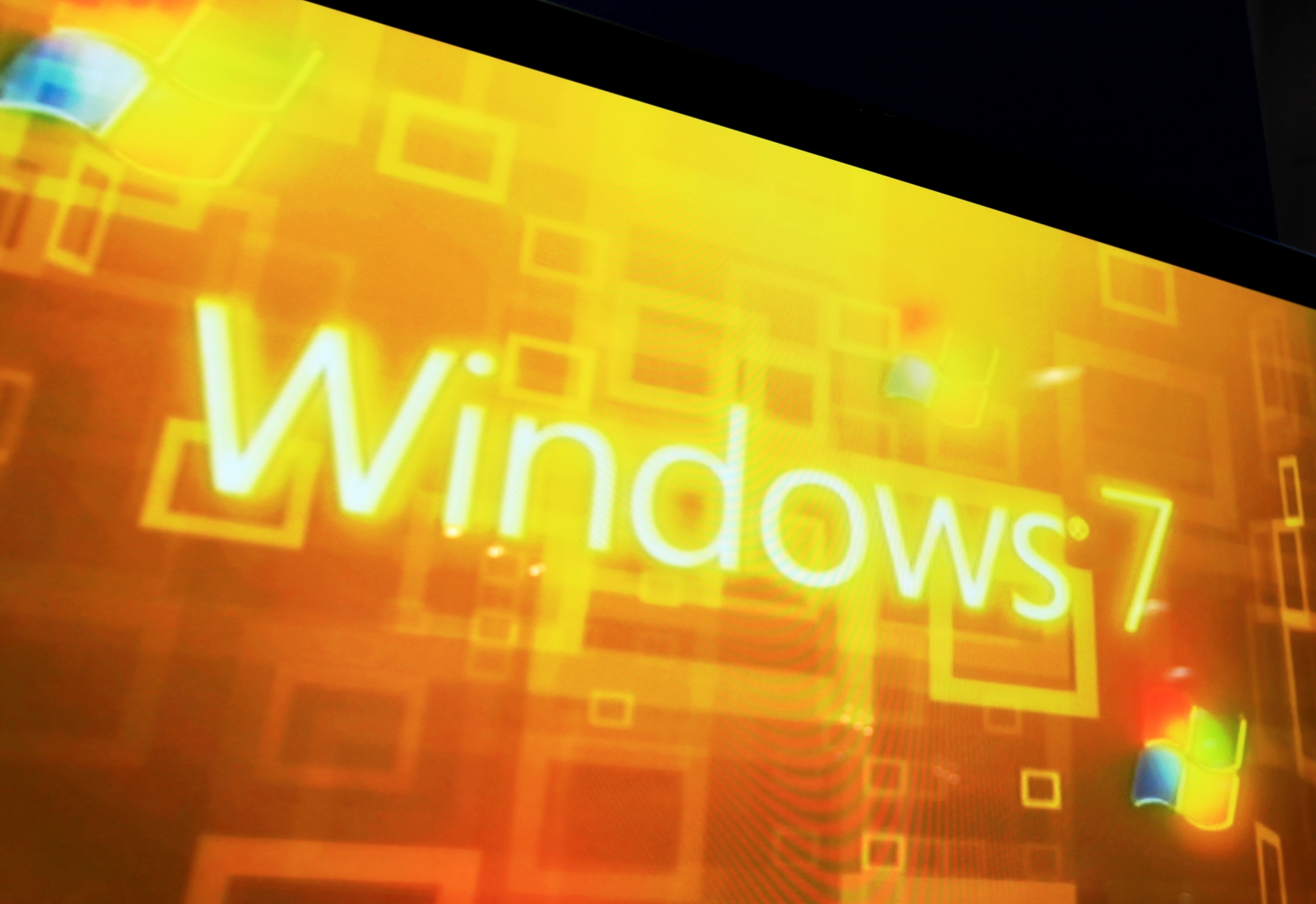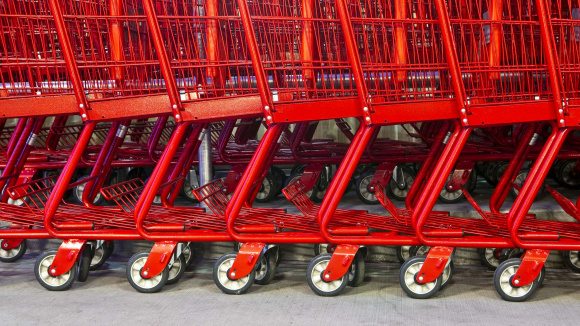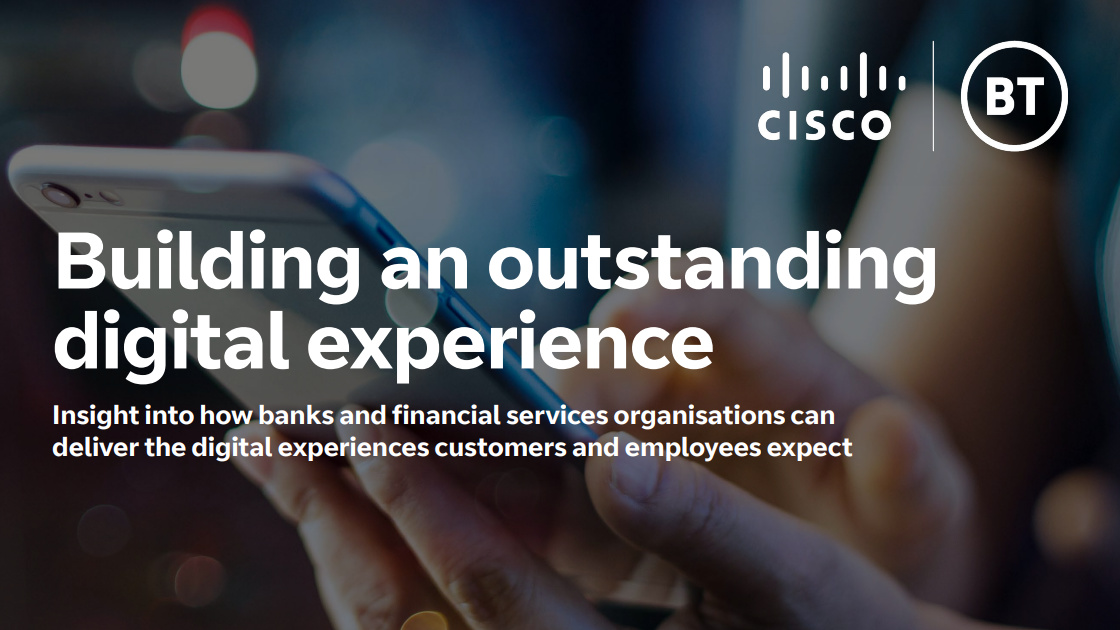Windows 7 market share finally declines ahead of January 2020 end-of-life
The legacy OS has endured for a decade even in the face of WannaCry ransomware


The Windows 7 market share has finally entered its terminal decline a little over nine months before Microsoft begins its end-of-life (EOL) phase in January 2020.
The proportion of Windows 7 market share fell sharply from 38.41% in February to 36.52% in March, representing the lowest figures for Microsoft's last-gen operating system since its peak, according to NetMarketShare.
With Microsoft set to phase out Windows 7 from 14 January, the sharp rise would seem to signal the migration of users away from the legacy system and towards Windows 10. Microsoft's flagship Windows 10 operating system (OS) also rose sharply between February and March, from 40.3% to 43.62%.
But these latest figures buck the trend for 2019, with Windows 7's market share actually rising steadily in the last few months from 36.9% in December to February's 38.41%. The small increase could, however, be attributed not to any new Windows 7 users, but a drop off in even older systems, leading to the overall proportion of users swelling.
Between December and March, for example, the proportion of Windows XP users fell from 4.54% to 2.29%. The user base for Windows 8.1 and Windows 8 installations also declined steadily, as did legacy macOS X 10 iterations.
"Windows 7 shipments are declining in UK and indeed it is terminal as it approaches end-of-life which is January 2020," IDC research manager Malini Paul told IT Pro. "Although the consumer market has been fast in transitioning to Windows 10, the OS has seen slower traction in the commercial space.
"This has been primarily driven by the large enterprises and public space who still prefer PCs downgradable to Windows 7 while testing Windows 10 for future deployment due to their complex legacy applications. However, SMBs are relatively faster in switching to Windows 10 and they are expected to drive the transition in 2019 as device renewals speed up for them.
Get the ITPro daily newsletter
Sign up today and you will receive a free copy of our Future Focus 2025 report - the leading guidance on AI, cybersecurity and other IT challenges as per 700+ senior executives
"Another aspect impacting the PC market and eventually the Windows 10 ramp-up in calendar quarter 2018Q4 (Oct-Dec) is the CPU shortage from Intel. The impact has been stronger on the Windows 7 downgradable PCs, which accelerated the share of Windows 10. However, this also created some backlogs of Windows 7 PCs which are being fulfilled in 2019Q1, thus explaining the slight increase in January and February."
When Windows 7 reaches EOL little more than nine months from now, businesses that haven't yet upgraded their systems to Windows 10 face paying additional fees for essential security updates.
Nearly ten years after it was first released, in July 2009, the legacy OS' popularity with organisations is proving difficult to shake, even today. For instance, the 'crossover' moment, where the proportion of Windows 10 installations surpassed Windows 7, only occurred towards the end of 2018.
By contrast, the migration from Windows XP to Windows 7 was much faster. Although historic data from NetMarketShare is not readily available, StatCounter figures show a massive gulf between XP and Windows 7 installations in the run-up to XPs EOL phase.
Nine months before its 8 April 2014 phase-out date, the proportion of worldwide XP market share had already been in steady decline for a couple of years, while Windows 7 market share was above 60%.
The 'crossover' period for the market share proportion of XP and Windows 7 happened during October 2011, as Statcounter records it.
The caveat, however, is that StatCounter recorded the Windows 7 to Windows 10 'crossover' as happening during January 2018 - a year before NetMarketShare.
Asked what the biggest barriers to migration are, Forrester analyst Andrew Hewitt cited human nature as the key.
"IT organisations are wary of disrupting end-user experience or introducing a security vulnerability through a migration like this, so they've held off as long as they can.
"The second barrier is that there's a lot of prep work associated with making sure that apps are compatible with Windows 10, having a process in place for deployment that's not disruptive to end users, and having the right resources for imaging.
"We're also seeing many organisations begin to consider the possibility of moving towards a modern approach to managing Windows 10, which takes time and effort to plan for."
The security risks of maintaining legacy systems like Windows 7 and Windows XP are all too apparent, with the untargeted WannaCry ransomware attack, for example, infamously crippling NHS systems in 2017.
As a result, the NHS struck a deal with Microsoft to migrate individual Trusts' systems to Windows 10. According to the agreement, NHS organisations will be able to upgrade from XP and Windows 7 free of cost so long as they opt-in before 14 January.

Keumars Afifi-Sabet is a writer and editor that specialises in public sector, cyber security, and cloud computing. He first joined ITPro as a staff writer in April 2018 and eventually became its Features Editor. Although a regular contributor to other tech sites in the past, these days you will find Keumars on LiveScience, where he runs its Technology section.
-
 Third time lucky? Microsoft finally begins roll-out of controversial Recall feature
Third time lucky? Microsoft finally begins roll-out of controversial Recall featureNews The Windows Recall feature has been plagued by setbacks and backlash from security professionals
By Emma Woollacott Published
-
 The UK government wants quantum technology out of the lab and in the hands of enterprises
The UK government wants quantum technology out of the lab and in the hands of enterprisesNews The UK government has unveiled plans to invest £121 million in quantum computing projects in an effort to drive real-world applications and adoption rates.
By Emma Woollacott Published
-
 Untethered: How CIOs and CISOs are paving the way for the new hybrid workforce
Untethered: How CIOs and CISOs are paving the way for the new hybrid workforceWhitepaper Effective techniques to transition from exposed legacy infrastructure to an effective zero trust strategy
By ITPro Published
-
 Creating successful supply chain planning transformations in the consumer industry
Creating successful supply chain planning transformations in the consumer industryWhitepaper Think differently about SCP transformations and, in doing so, move into a better future for supply chains
By ITPro Published
-
 Healthcare’s next chapter
Healthcare’s next chapterwhitepaper Revolutionizing how you care with EPR experts you can trust
By ITPro Published
-
 Strategic app modernization drives digital transformation
Strategic app modernization drives digital transformationWhitepaper Modernize your applications to address business needs both now and in the future
By ITPro Last updated
-
 Delivering fast and secure digital experiences for the modern hybrid workforce
Delivering fast and secure digital experiences for the modern hybrid workforceWhitepaper A new approach to digital experience monitoring that can monitor the health of all systems
By ITPro Published
-
 The future of work and the forgotten workforce
The future of work and the forgotten workforcewhitepaper How to deploy a mobile-first strategy so no one gets left behind
By ITPro Published
-
 Building an outstanding digital experience
Building an outstanding digital experiencewhitepaper Insight into how banks and financial services organizations can deliver the digital experiences customers and employees expect
By ITPro Published
-
 The digital-first journey towards the future enterprise in Europe
The digital-first journey towards the future enterprise in Europewhitepaper The shift to a digital-first Europe
By ITPro Published